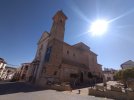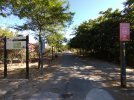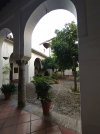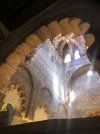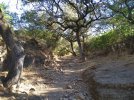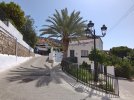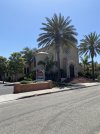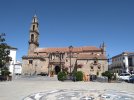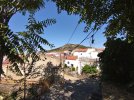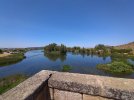Bad Pilgrim
Veteran Member
- Time of past OR future Camino
- Yes
Hello again,
I will be walking the Mozárabe from Málaga. I took the AVE train from Cuenca to Málaga (via Madrid) yesterday. (I stopped my Camino de la Lana in Cuenca.)
I arrived to Málaga late in the evening yesterday. I had to stay at a youth hostel *gasp*: Hostal Málaga Centro, 27 euros. I had time to do the laundry and see the cathedral - that's it!
I will post a little something at the end of every stage.
I plan to walk to Mérida. (From Baena I know my way, since I already walked the Mozárabe from Almería.)
It was too late in the evening to take decent pictures. (My cellphone needs sunlight). A bad photo of the cathedral in Málaga is all I have!
More to come!
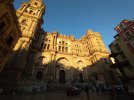
I will be walking the Mozárabe from Málaga. I took the AVE train from Cuenca to Málaga (via Madrid) yesterday. (I stopped my Camino de la Lana in Cuenca.)
I arrived to Málaga late in the evening yesterday. I had to stay at a youth hostel *gasp*: Hostal Málaga Centro, 27 euros. I had time to do the laundry and see the cathedral - that's it!
I will post a little something at the end of every stage.
I plan to walk to Mérida. (From Baena I know my way, since I already walked the Mozárabe from Almería.)
It was too late in the evening to take decent pictures. (My cellphone needs sunlight). A bad photo of the cathedral in Málaga is all I have!
More to come!
















